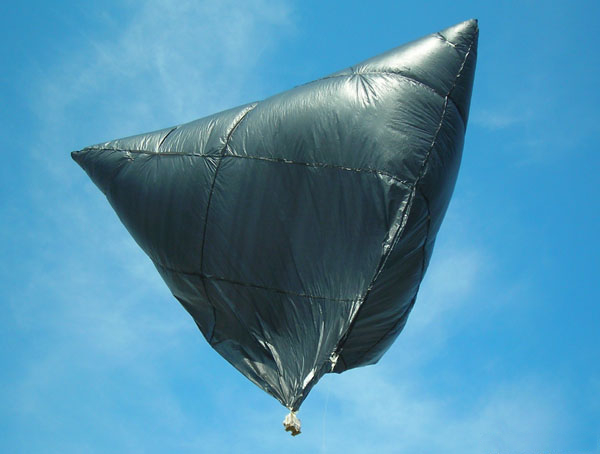- Solar balloons are similar to hot air balloons that are heated directly by the sun. In solar balloons, radiation is used as a mix power system that utilizes solar power and high-altitude winds. Solar balloons are primarily used in the toy market; however, they can also be used in the investigation of the planet Mars.
- Solar balloons are used to produce energy as the sun is a natural renewable energy source. Solar balloons produce energy at very less cost. The maintenance cost is also comparatively lesser than that of other resources.
COVID-19 Impact on Solar Balloon Market
- Key players operating in the solar balloon market are primarily tiered I and tier II manufacturers and suppliers. Many of these players have halted their production output over the last few months due to the COVID-19 pandemic. The pandemic has negatively impacted the demand and supply chain of the solar balloon market.
- The industrial shutdown caused by the COVID-19 pandemic has created disruption in the supply chain. Disruption in supply of raw materials is projected to hamper full-scale operations of companies operating in the market.
Key Drivers of Solar Balloon Market
- Technological advancement is driving the market. Solar balloons generate direct electricity and help produce hydrogen. Solar Balloons can be used as energy storage in order to produce electricity. Solar balloons can generate three times the electricity than solar panels.
- Increase in investments in this technology is driving the market. Availability of raw material at low cost as compared to other resources is also boosting the market. Rise in demand for renewable resources as well as power generation is expected to drive the market in the near future.
Restraints of Solar Balloon Market
- Solar balloons are dependent on weather. Furthermore, the product is in the research phase. Thus, there is limited awareness about solar balloons. This is expected to hamper the growth of the market during the forecast period.
Global Solar Balloon Market: segmentation
- The Solar Balloon market can be segmented based on type and end-user
- Based on type, the global market can be segmented into adhesive tape and solar worm. The adhesive tape segment is expected to lead the global market between 2022 and 2031.
- Based on end-user, the global market can be segmented into industrial, residential, and others
Global Solar Balloon Market: Regional Segmentation
- In terms of region, the solar balloon market can be segregated into North America, Europe, Asia Pacific, Latin America, and Middle East & Africa
- Asia Pacific is expected to hold major share of the global solar balloon market, followed by North America and Europe, during the forecast period. This can be ascribed to the rise in investments in renewable energy sources and power generation capacity in the region owing to the increase in demand for solar renewable energy sources.
- The market in Europe is expected to expand considerably during the forecast period. High adoption of advanced technology and the presence of large players in the region are likely to create ample growth opportunities for the market.
- North America is also projected to hold key share of the global market during the forecast period
Competitive Landscape of Global Solar Balloon Market
As energy demand rises, large companies and businesses are seeking to adopt renewable energy sources that can provide clean energy, especially solar energy. Introduction of advanced solar energy resources has encouraged many countries and companies to make investments in these resources. The market is currently witnessing fierce competition among some leading players. Key players operating in the market include:
- Cameron Balloons
- Wartsila Energy
Global Solar Balloon Market, by Type
- Adhesive Tape
- Solar Worm
Global Solar Balloon Market, by End-user
- Industrial
- Residential
- Others
Global Solar Balloon Market, by Region
- North America
- U.S.
- Canada
- Europe
- Germany
- France
- U.K.
- Italy
- Russia & CIS
- Rest of Europe
- Asia Pacific
- China
- Japan
- India
- ASEAN
- Rest of Asia Pacific
- Latin America
- Brazil
- Mexico
- Rest of Latin America
- Middle East & Africa
- GCC
- South Africa
- Rest of Middle East & Africa















